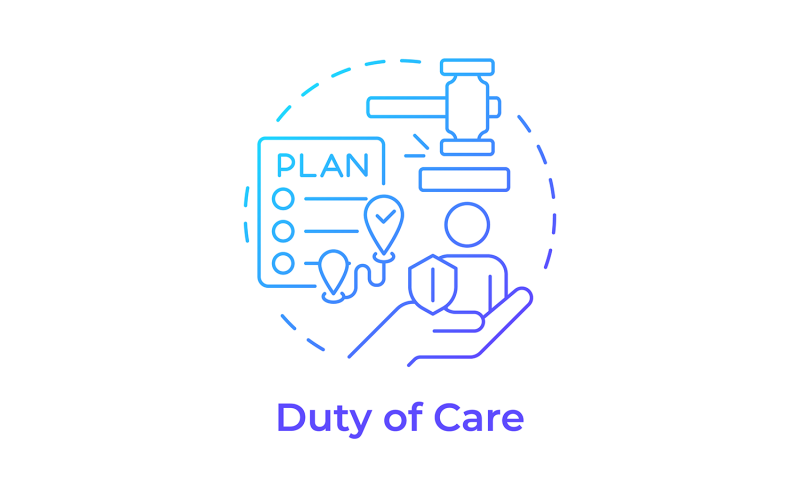Resources
Explore resources from a range of sources across the aged care sector - including government, research, academic and practice-based materials - curated by ARIIA to support evidence-informed practice and innovation.
Showing

Assessing the global sustainability of the nursing workforce
This international review by the International Council of Nurses (ICN) details the capacity and sustainability of the global nursing workforce to deal with increased changes in care need. It includes sections on workforce planning and retention within the nursing professional overall.

Examining earn while you learn models
Humability's earn while you learn (EWL) background document describes international and local examples of the success and barriers to implementing EWL models.

Workforce supply in aged care
This discussion paper by the National Aged Care Alliance (NACA) details a variety of issues related to engaging and retaining workers within aged care.

Duty of care: how to fix the aged care worker shortage
This CEDA report contributes to the wellbeing, security and participation focus area of CEDA’s Progress 2050 vision for a better future for the next generation of Australians.

Designing SMARTer work to reduce psychosocial risks: Evaluating the effectiveness of a participatory work-redesign intervention in aged care
This report from Safe Work Australia outlines the results of a two-year study which explored how to reduce psycho-social risks associated with increased job demands in the aged care sector.

Rapid Evidence Synthesis: The recruitment and retention of registered nurses in care homes
This Rapid Evidence Synthesis (RES), produced by the National Institute for Health and Care Research (NIHR) Applied Research Collaboration for Greater Manchester (ARC-GM), explores factors influencing the attractiveness of working in long-term care. It examines students’ perceptions of residential care and the challenges in recruiting registered nurses to care homes.

Educating the nurse of the future
This report from Professor Steven Schwartz is an independent examination of the educational preparation of nurses in Australia.

The Aged Care Workforce Remote Accord Implementation Project: Final Report
A report by the Aged Care Workforce Remote Accord into the a implementation project seeking to strengthen aged care service delivery by engaging communities in the design and development of workforce solutions that were locally appropriate, culturally safe, and responsive to on-the-ground needs.

Stolen Generations Aged Care Forum Report August 2019
This report by the Healing Foundation and Aboriginal and Torres Strait Islander Ageing Advisory Group (ATSIAAG) describes the themes and recommendations of a aged care forum in Melbourne on 5 June 2019.

Aboriginal and Torres Strait Islander Elder Care - Inspector General progress report 2025
This report from the Inspector General of Aged Care briefly outlines the findings from the 2025 Progress Report focusing on Aboriginal and Torres Strait Islander Elder care.